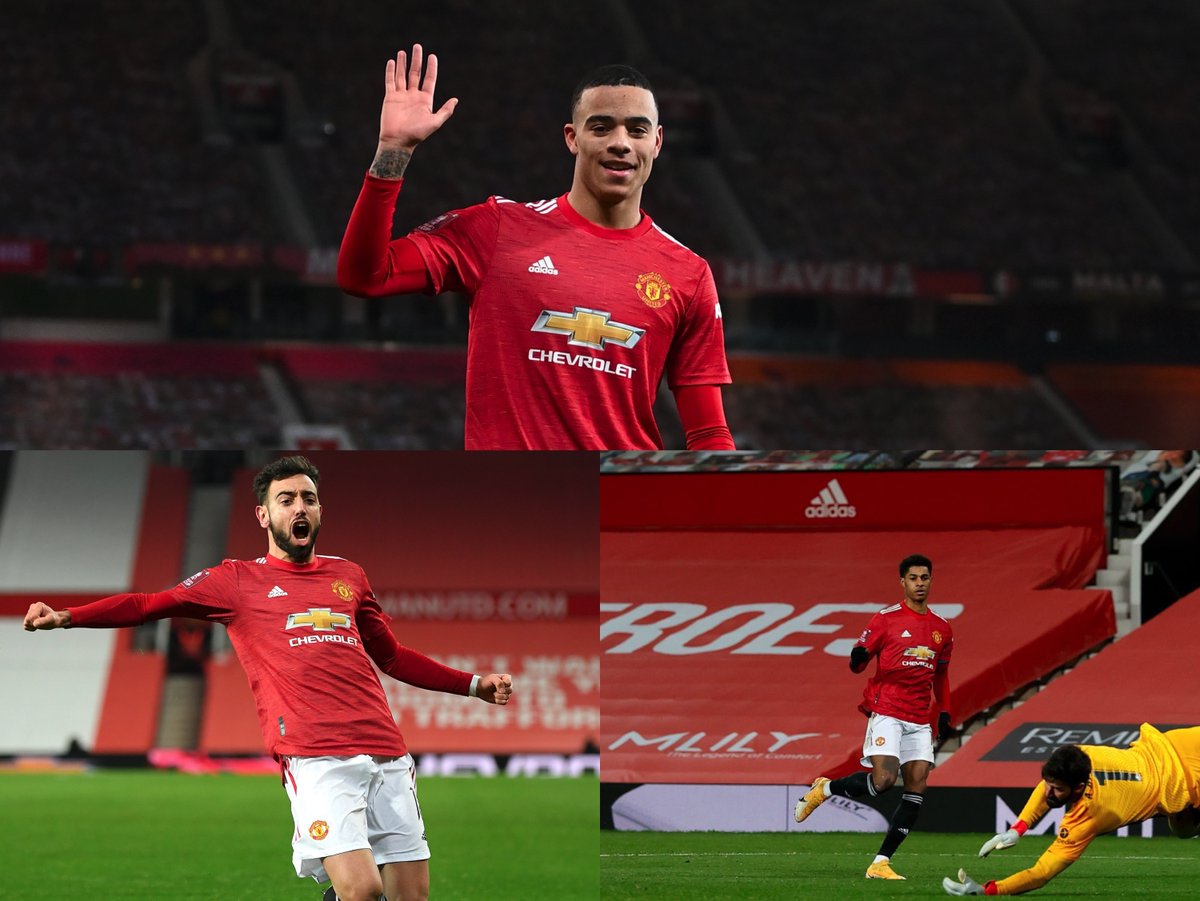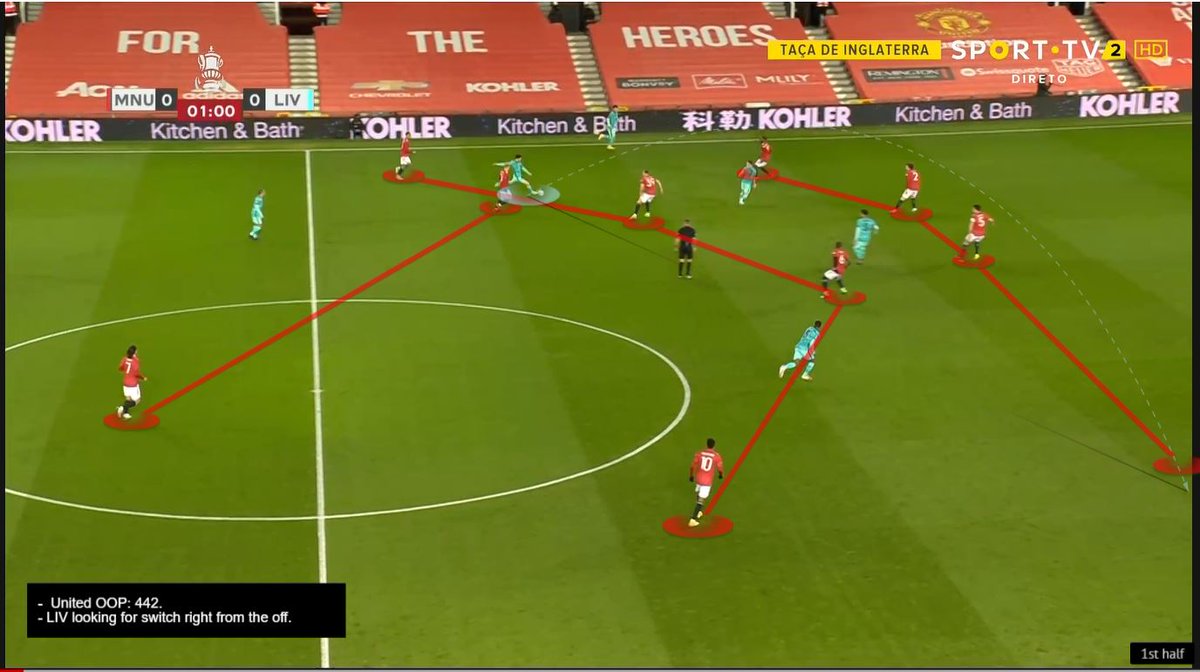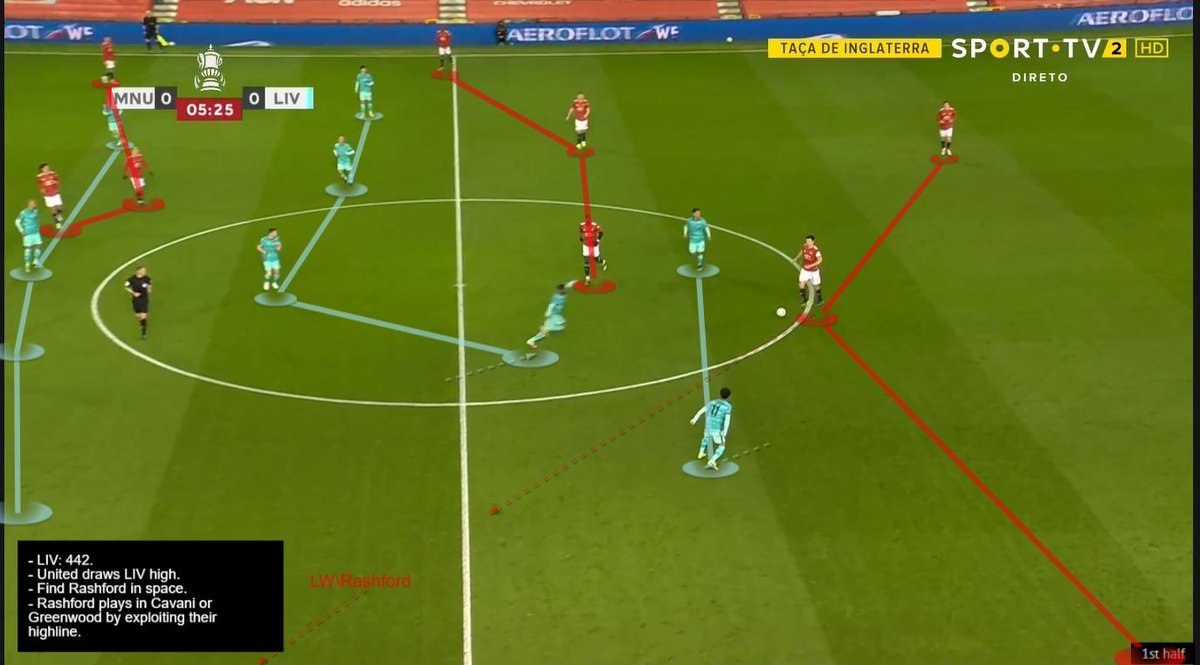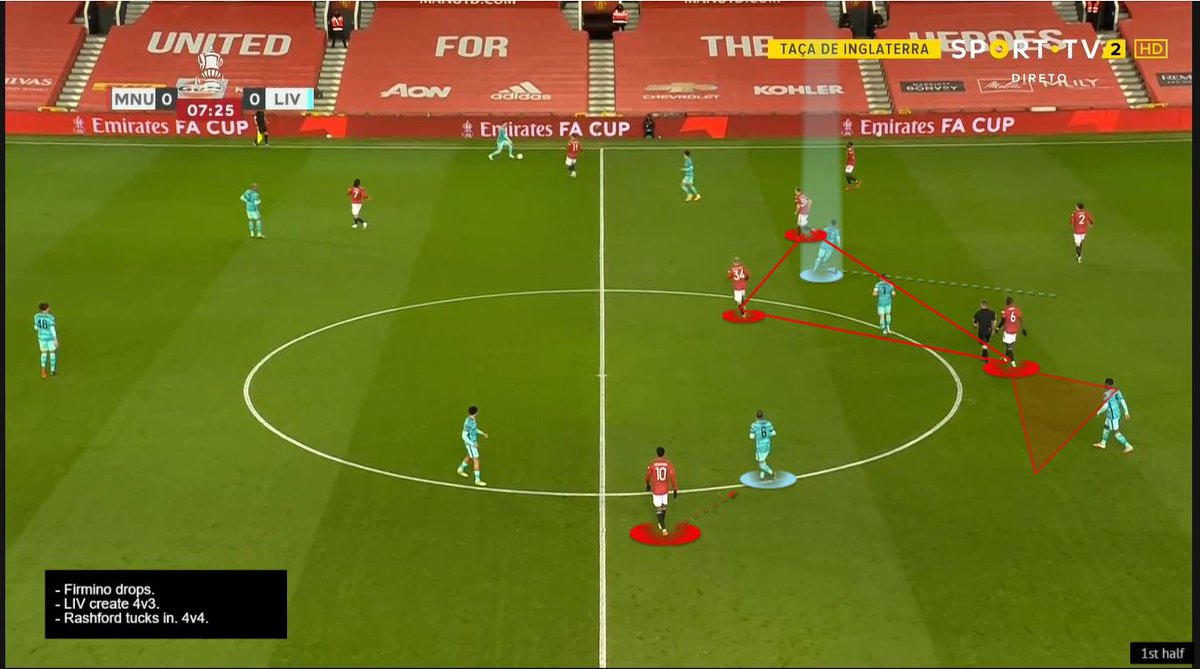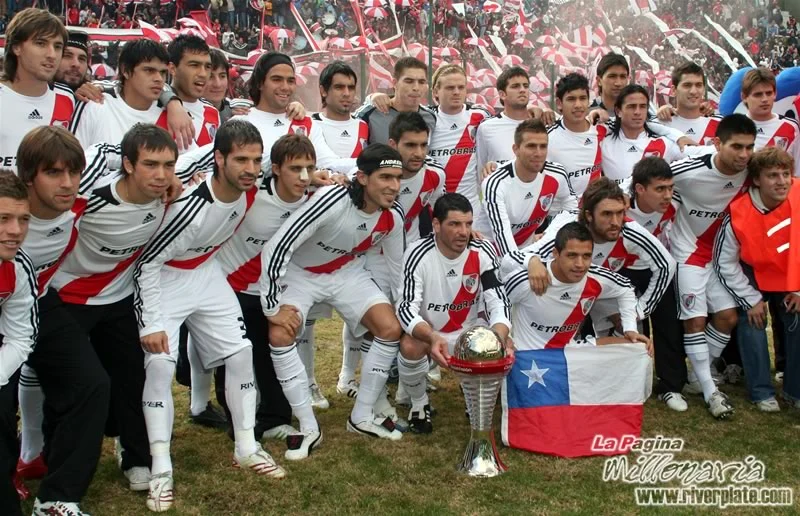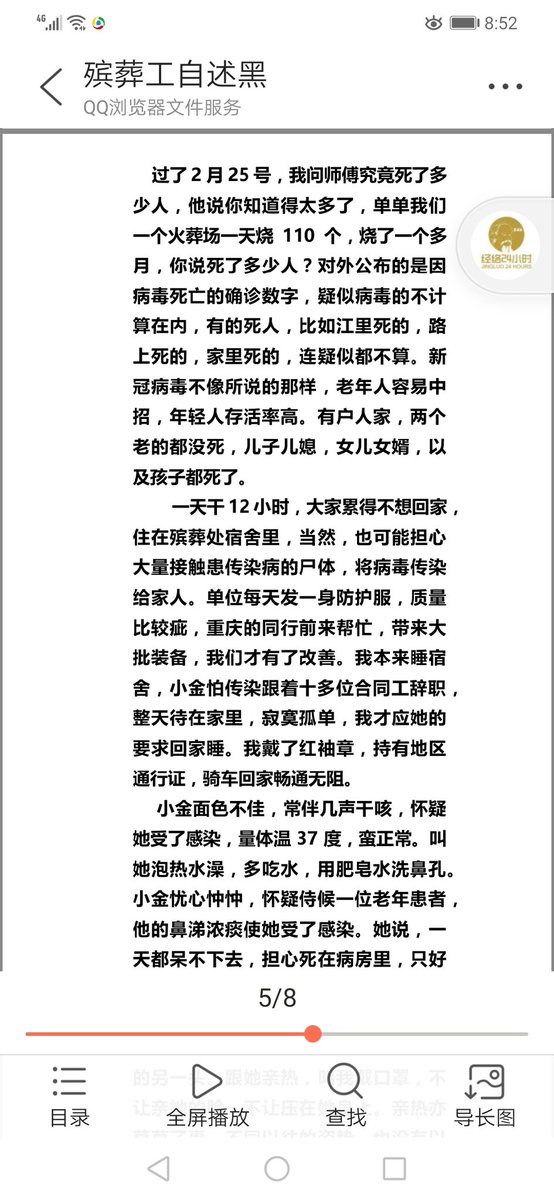When we started @CourtsideVC in 2016, the biggest question we faced was "Can you really generate venture returns investing in sports?". 5 years later, we have enough data to share. This is the story of how we turned our passion for sports into a business.
👇👇👇👇 👇 👇
$300K check --> currently worth $15M
$5.5M check --> currently worth $35M
We had to challenge the traditional definition of some of these terms.
Sports isn't just selling products to teams and athletes. It's about media, collectibles, content that people consume and the culture that transcends the game.
1. We had to make sure we were the first call entrepreneurs made when starting a company in our verticals
2. We had to stay incredibly disciplined about not chasing hot deals that were being overpriced
3. We had to double and triple down in our winners
1. We did too many deals in Fund I. We should have stopped at 25-30 deals instead of doing 40
2. We should have written larger initial checks and focused on ownership percentage.
4. We should have challenged ourselves more to see what was possible instead of assuming that certain business models wouldn't work because of the status quo.
More from Sport
Exactly a decade ago today, Marshawn Lynch caused a Beast Quake.
— Field Yates (@FieldYates) January 8, 2021
One of the most memorable runs in NFL history. pic.twitter.com/VBb8Lc0yGW
In 2011, I was hosting the ESPYs. Marshawn’s run was nominated for Best Play, an award that was voted on by fans online. It was considered a front runner if not a lock.
Two days before the show, we're all watching the US/Brazil game in the Women’s World Cup. In the 122 minute Abby Wambach scored a header from a brilliant cross via Megan Rapinoe. I asked ESPN’s estimable producer, the late, great Maura Mandt if we could add it to the nominees.
The best thing about the ESPYs is, unlike other award shows that take themselves too seriously, there is a “fuck it, why not” attitude so Maura just made it happen. Maura was great at making things happen. Want another example?
One of the highlights of the ESPYs is the Arthur Ashe Courage Award. When my son Ashe was born Maura gifted him this fake ESPY for BEST CHILD NAMED ASHE. I am confident this is the only ESPY anyone related to me will ever win.
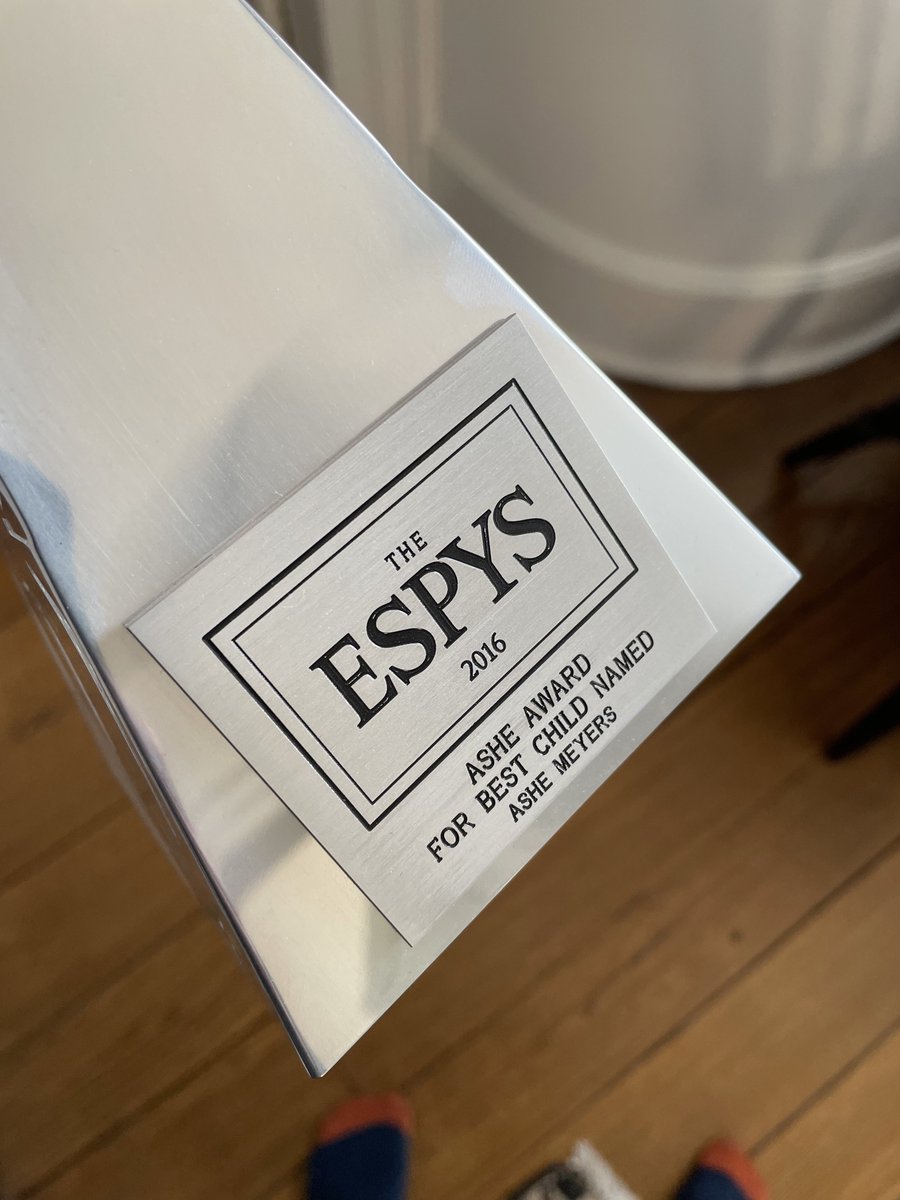
You May Also Like

There is co-ordination across the far right in Ireland now to stir both left and right in the hopes of creating a race war. Think critically! Fascists see the tragic killing of #georgenkencho, the grief of his community and pending investigation as a flashpoint for action.
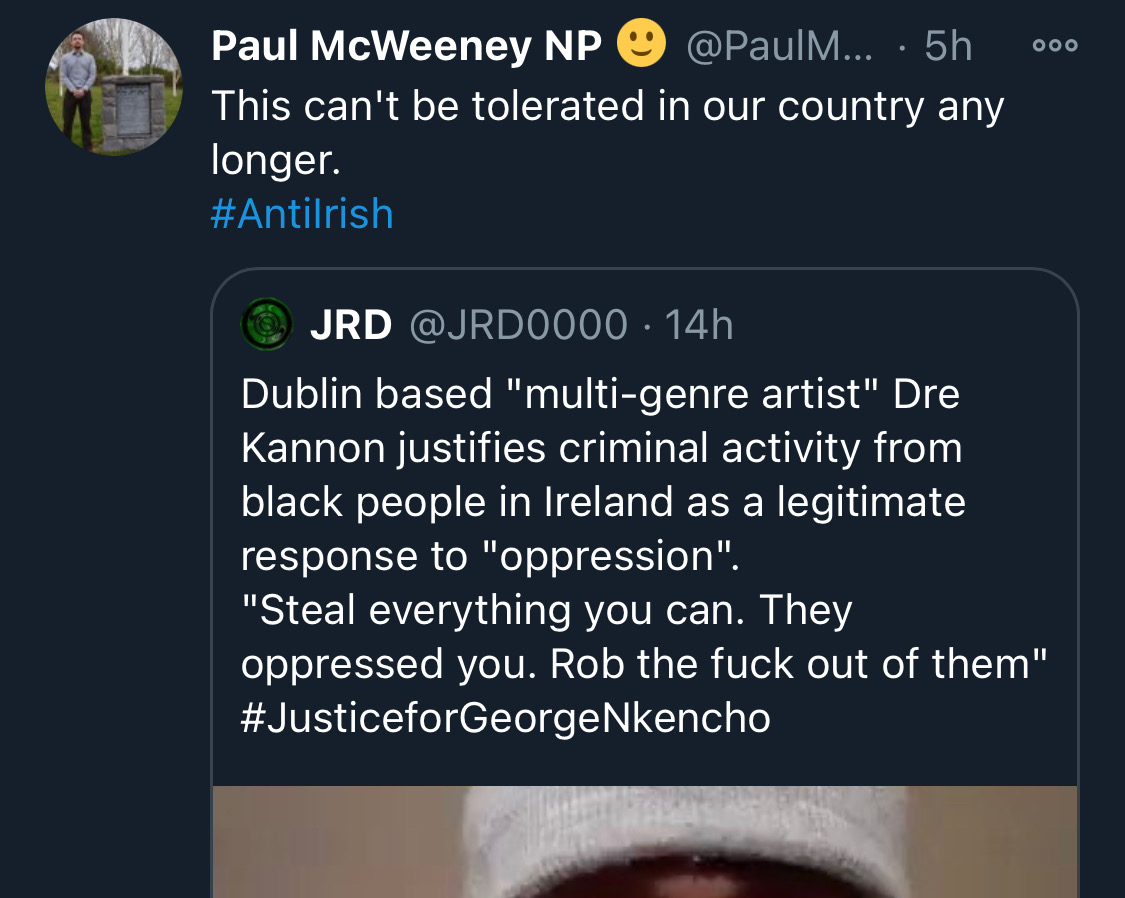
Across Telegram, Twitter and Facebook disinformation is being peddled on the back of these tragic events. From false photographs to the tactics ofwhite supremacy, the far right is clumsily trying to drive hate against minority groups and figureheads.
Be aware, the images the #farright are sharing in the hopes of starting a race war, are not of the SPAR employee that was punched. They\u2019re older photos of a Everton fan. Be aware of the information you\u2019re sharing and that it may be false. Always #factcheck #GeorgeNkencho pic.twitter.com/4c9w4CMk5h
— antifa.drone (@antifa_drone) December 31, 2020
Declan Ganley’s Burkean group and the incel wing of National Party (Gearóid Murphy, Mick O’Keeffe & Co.) as well as all the usuals are concerted in their efforts to demonstrate their white supremacist cred. The quiet parts are today being said out loud.
There is a concerted effort in far-right Telegram groups to try and incite violence on street by targetting people for racist online abuse following the killing of George Nkencho
— Mark Malone (@soundmigration) January 1, 2021
This follows on and is part of a misinformation campaign to polarise communities at this time.
The best thing you can do is challenge disinformation and report posts where engagement isn’t appropriate. Many of these are blatantly racist posts designed to drive recruitment to NP and other Nationalist groups. By all means protest but stay safe.

Pangolins, September 2019 and PLA are the key to this mystery
Stay Tuned!

1. Yang
Meet Yang Ruifu, CCP's biological weapons expert https://t.co/JjB9TLEO95 via @Gnews202064
— Billy Bostickson \U0001f3f4\U0001f441&\U0001f441 \U0001f193 (@BillyBostickson) October 11, 2020
Interesting expose of China's top bioweapons expert who oversaw fake pangolin research
Paper 1: https://t.co/TrXESKLYmJ
Paper 2:https://t.co/9LSJTNCn3l
Pangolinhttps://t.co/2FUAzWyOcv pic.twitter.com/I2QMXgnkBJ
2. A jacobin capuchin dangling a flagellin pangolin on a javelin while playing a mandolin and strangling a mannequin on a paladin's palanquin, said Saladin
More to come tomorrow!

3. Yigang Tong
https://t.co/CYtqYorhzH
Archived: https://t.co/ncz5ruwE2W

4. YT Interview
Some bats & pangolins carry viruses related with SARS-CoV-2, found in SE Asia and in Yunnan, & the pangolins carrying SARS-CoV-2 related viruses were smuggled from SE Asia, so there is a possibility that SARS-CoV-2 were coming from


